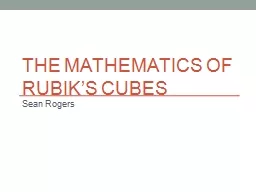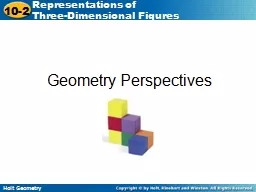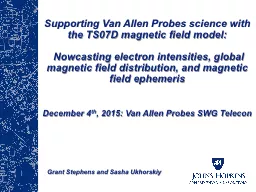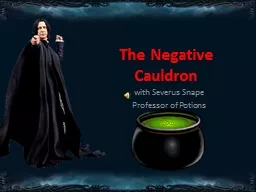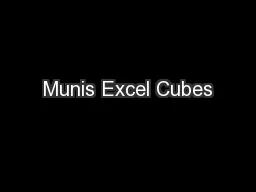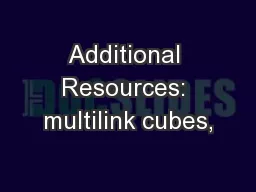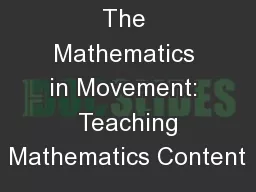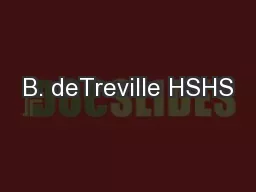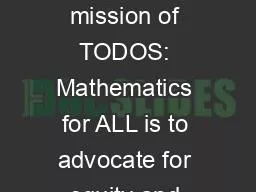PPT-The Mathematics of R ubik’s Cubes
Author : celsa-spraggs | Published Date : 2018-03-08
Sean Rogers Possibilities 43252003274489856000 possible states Depends on properties of each face Thats a lot Model each as a set Define R 0 as the solved state
Presentation Embed Code
Download Presentation
Download Presentation The PPT/PDF document "The Mathematics of R ubik’s Cubes" is the property of its rightful owner. Permission is granted to download and print the materials on this website for personal, non-commercial use only, and to display it on your personal computer provided you do not modify the materials and that you retain all copyright notices contained in the materials. By downloading content from our website, you accept the terms of this agreement.
The Mathematics of R ubik’s Cubes: Transcript
Download Rules Of Document
"The Mathematics of R ubik’s Cubes"The content belongs to its owner. You may download and print it for personal use, without modification, and keep all copyright notices. By downloading, you agree to these terms.
Related Documents

